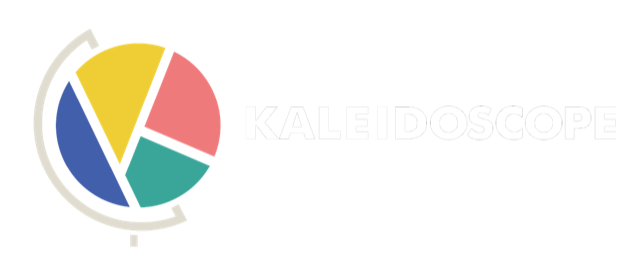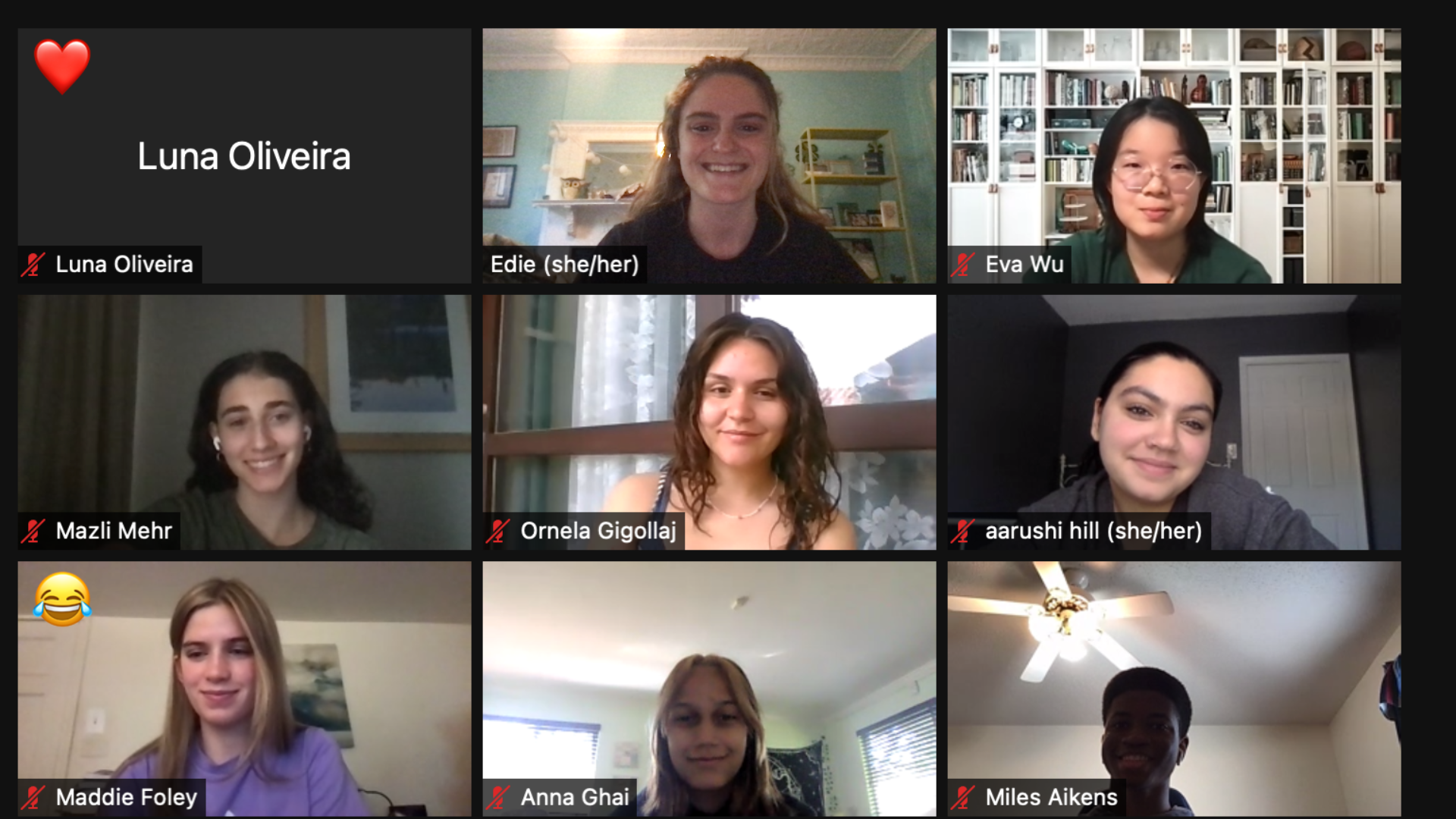So you Say You’re Good at Online Learning: Questions to Ask to Find Out if It’s True
Sarah Dillard
We’ve been spending time looking at the websites of others in the online learning space, seeking to understand how we fit in and where we stand out. And the thing is, all educational providers have basically the same website: pictures of happy kids, student and parent testimonials, and snappy-sounding course descriptions. This also describes our website. But we’ve interviewed enough students to know that these smiling shells contain vastly different educational experiences.
So I posed a question to a colleague: If someone came to you and said they were best-in-class at live online learning, what are the questions that you’d ask them to figure out if you believed them?
I’m not sure we’ve totally nailed the question set, below, and I am sure we haven’t figured out how to translate these into our marketing in a way that quickly connects. But I want to share our thinking and am hoping these will be helpful to you and you’ll help me refine them:
1. How do you take maximum advantage of the live format?
An alum once told us that “In other online classes it’s like you’re an audience member, but in [ours] you’re a participant.” As an avid podcast listener, I know that mostly listening can be entertaining. But it’s not a great way to learn.
If you’re going to mostly lecture it also doesn’t require live instruction. So asking how an organization works to take maximum advantage of ‘live’ is a way of getting at whether they take their synchronous instruction seriously. Here are three attributes we leverage to make the most of the live format:
Collaborative critique: We review student work live in class (generally sans names). We ask students to point out what works well and what can be improved. This isn’t just a great learning technique, it also shows we take student work seriously, makes ideas concrete, and builds a culture of discussing work, of giving and receiving feedback.
Conversation: We advance as a society by the conversations we have. If we don’t talk about it, we don’t act on it. So what we learn to talk about directly impacts what we do. By conversing we also learn to navigate ambiguity, disagree politely, and work through the implications of ideas.
Community: We don’t leave community to chance. We work to build it in our classes. Our launch activities combine the content of the class with an opportunity to get to know each other. We make sure we include well-designed breakout rooms. We assign peer groups to meet outside of class.
Answers to beware of: when someone’s answer starts and ends with a tactic like “We use breakout rooms!” Sure, but how do you use them? To what end?
2. How do you increase the number of learning opportunities?
This summer, we were hired to run a series of two-hour workshops. Instead of just showing up and doing our two hours, in & out, we turned the single event into half a dozen learning opportunities through strategic structuring, including a mix of pre-work, small group feedback outside of class, and an extension session. The extension session (0.5 hours) met a week after the live session (1.5 hours) to critique more final student work products and introduce a concept or two to take the topic further.
A design structure with more learning opportunities leads to:
Vastly improved student work products
More student connection, as students meet in small groups
A culture of talking about the work and giving & receiving feedback
More opportunities to retrieve, consolidate, and elaborate on what you are learning, which learning science tells us makes it much more likely that the learning will stick
Any organization that is invested in student learning will be relentless in designing for it and have a detailed answer like we do–though their answer might look very different!
A watch-out answer for us is if somebody hand waves while saying "learning science." As with the breakout rooms: Sure, but how do you use it? To what end?
3. What are the top criteria you look for in your teachers?
I’m on the fence about including this one, not because it isn’t a good question but because people have strongly held points of view on the RIGHT ANSWER. The point isn’t to evaluate whether you agree for your context, but to consider whether the thinking behind the answer is sound for what that organization is trying to do. There should be a ‘why’ for every ‘what,” and the list of criteria should be focused. A long list effectively means no criteria.
Here’s our answer:
The ability to connect through a screen. This might be a teachable skill, but if it is, we haven’t figured it out yet. So for now, we hire people who can turn it on and make people feel seen even at a digital distance.
Content knowledge. Our classes are about ideas. If you only know what you read in the lesson plan, it will be hard to follow student interest beyond its confines. Content knowledge allows teachers to think on their feet, which leads to the live moments that couldn’t have been anticipated and differentiate what we do from an asynchronous course or live lecture.
A desire for teaching excellence. We like to see some evidence that you’ve tutored or taught, but this isn’t necessary. What is necessary is that you are excited about being part of a team that is uncovering best practices for teaching online, and you enjoy learning and using these practices yourself.
Will our teachers be credentialed? Maybe, maybe not. Will they have years of teaching experience? Maybe, maybe not. But you should expect that if you take a class with us, you’ll have an engaging experience with someone who knows what they’re talking about–and has a great curriculum (ours!) to back them up.
4. What are some recent changes you’ve made to how you teach?
Anyone who is a leader in this space will have an answer to this question. We have been innovating in the online learning space for two years now, and we are still uncovering new strategies and practices. Here are a few things we’ve recently improved:
We’ve increased the clarity of directions for our activities. All directions have always been on the written class agenda that we share as a Google Doc, and we’ve always verbalized them as well. Now, we also paste them in the chat and broadcast them to breakout rooms. If we have a slide deck, we’ll also add them there.
For larger events, we increased our staffing level. We started out with co-facilitators, but then we innovated two other roles: someone to staff the chat & someone to manage all event logistics: creating breakouts, dropping relevant links & directions in the chat, managing attendance, etc. This also makes it possible for a single facilitator to run a larger workshop without a co-facilitator.
We created a Day 1 icebreaker leveraging the psychological principles of connection that goes a long way toward building class culture, and it works so well that we now use it in EVERY CLASS we teach.
Not all changes work. If an organization is experimenting, they should have misses too and be willing to share these. For example, here’s something we tried this summer that we won’t be repeating:
We tried out empowerment promises. We’ve always been allergic to starting class with objective-setting statements. I don’t know about you, but when I hear the phrase “The student will be able to…” my mind instantly shuts off. Then, we watched the excellent lecture “How to Speak” and loved the professor’s case for empowerment promises, a spirited pitch for what participants will get out of each class. It turns out this is inspiring when you hear it once but quickly becomes background noise when you try to make a dramatic pitch for each day of class.
We also have a list of things we want to experiment with, both big and small. Here is a bigger one that is top of mind at the moment:
Creating live asynchronous events. We know this is an oxymoron. But we want to create active, asynchronous events where we don’t facilitate, but where we instead staff a live chat so that the experience feels alive but is easier to scale. Fear not, this is not a substitute for our beloved live seminar discussion-style courses. Instead, it is a complement that will–if it works–enable us to serve more people in more places (and do so at a lower price point).
So these are some of our ideas to suss out the innovators in live online education. We’d love to hear your ideas for questions you’d ask and/or your answers to our questions! As for how to translate these ideas onto our website in language that resonates with families–well, that’s something we’re still working on. Ideas welcome!
Helpful Links
Learn more about our workshops
Read related pieces:
How We 10x the Learning in our Workshops: How we turn a single workshop into half a dozen learning opportunities.
6 Reasons We Love Online Learning: How we leverage its unique strengths.





